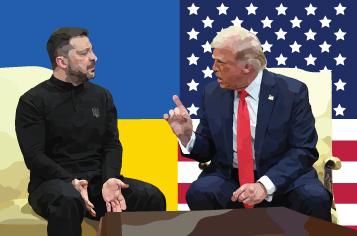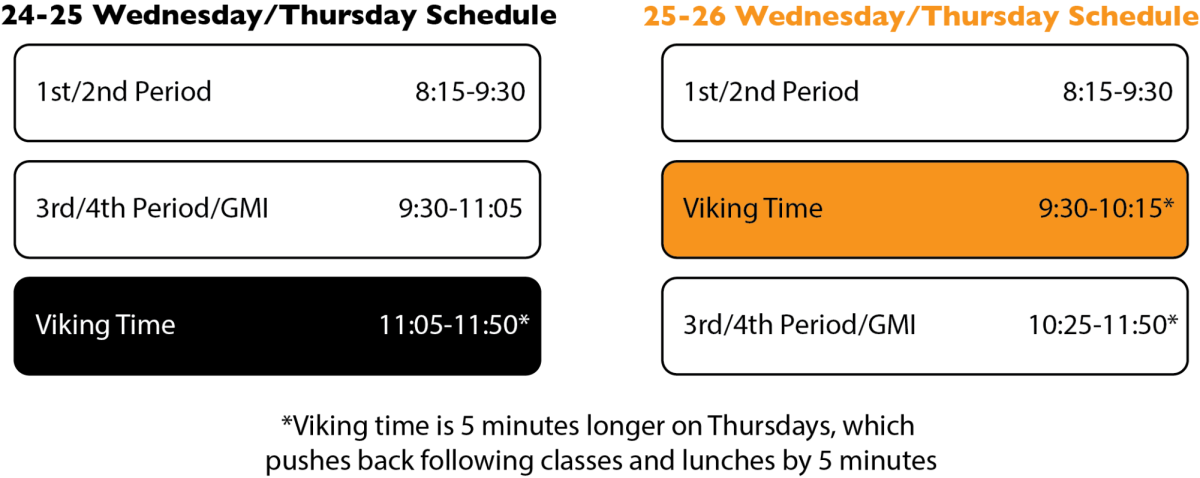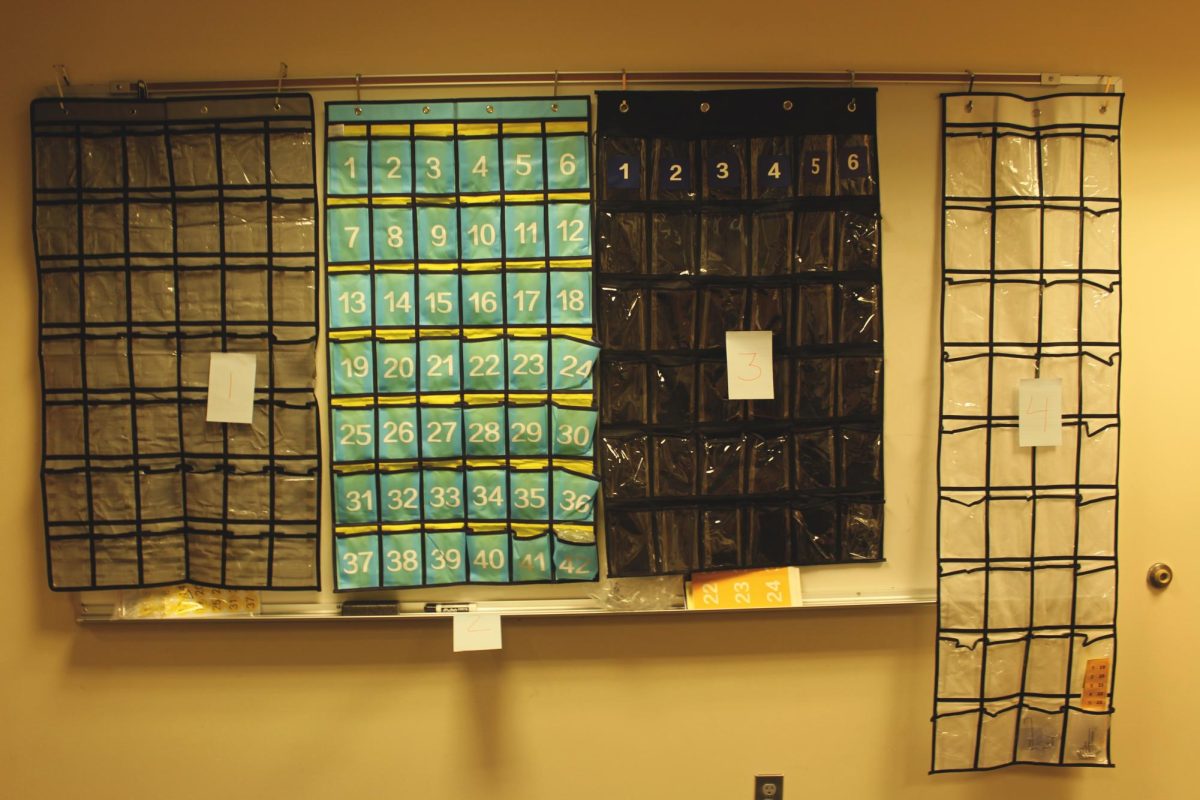On the morning of Feb. 28, Ukrainian President Volodymyr Zelenskyy met with President Donald Trump and Vice President JD Vance at the White House to discuss Ukraine’s relationship with the U.S. The meeting ended without resolution as Zelenskyy quickly left the White House following a heated exchange with the U.S. heads of state. Since that meeting, the geopolitical relationship between the two countries has shifted dramatically.
The initial goal of the meeting was for both parties to sign an agreement in which Ukraine would grant the U.S. access to half of the revenue generated by any new Ukrainian natural resources in exchange for economic and security assurances. By depositing the money into a joint investment account controlled equally by the U.S. and Ukraine, neither party would be able to use the money without the signed consent of the other. The money would be reinvested into Ukraine “to promote the safety, security and prosperity of Ukraine.”
The Feb. 28 meeting started with Trump criticizing Zelenskyy’s attire — instead of a suit, Zelenskyy donned the military-style black shirt and pants as a sign of solidarity with Ukrainian troops. The last time he wore formal attire was over three years ago, just hours after the start of the Russian invasion.
During the meeting, while on the topic of the aforementioned invasion, Vance told Zelenskyy that the best option for Ukraine would be “maybe engaging in diplomacy.” Zelenskyy countered that Russian claims of a ceasefire had been broken in the past. Taking offense, Vance said, “I think it’s disrespectful for you to come into the Oval Office to try to litigate this in front of the American media. “You should be thanking the president for trying to bring an end to this conflict.”
It should be noted that there are at least 33 separate instances of Zelenskyy formally thanking American leaders, including President Trump.
The meeting eventually ended with Trump shouting, “You’re gambling with the lives of millions of people, you’re gambling with World War III.” He then asked the media to leave the room, saying, “This is going to be great television, I will say that.” Soon thereafter, Zelenskyy’s motorcade left the White House.
Ambassador John M. Koenig (he/him), a former U.S. diplomat who now teaches part-time at the Henry M. Jackson School of International Studies at the University of Washington, said that the general worldview of U.S. foreign policy has changed since Trump took office in January.
“The international community is unaccustomed to seeing the United States handle its relations with other countries — countries like Ukraine, countries like our European allies, countries like Canada — in the manner that the Trump Administration has done over the last 50 days,” Koenig said.“And this has, I think, already shifted attitudes toward the United States considerably, so that our position in the world has shifted.”
The minerals deal originally stipulated that Ukraine would use its mineral deposits to repay the U.S. $500 billion for aid provided to Ukraine during the war, according to the Center for Strategic and International Studies. U.S. Secretary of the Treasury Scott Bessent presented this deal to Zelenskyy on Feb. 12, who rejected it, likening it to“selling” his country. The revised deal that was to be signed on Feb. 28 removed the repayment clause and stated U.S.“support for Ukraine’s efforts to obtain security guarantees needed to establish lasting peace.” Despite this, Koenig said there are still possible issues with the revised deal.
“I think that there will be a lot of complications moving forward for the Ukrainian government to accede to the kind of agreement that Bessent evidently presented, which has been modified since, but retains, I think, a highly predatory nature,” Koenig said. “So if we’re going to use this kind of predatory agreement against the country that we claim to support, I’m not sure that’s going to actually last.”
The Trump administration has taken several steps towards a hardline position regarding Ukraine. On March 5, CIA Director John Ratcliffe confirmed a temporary halt on intelligence and military support to Ukraine, including satellite imagery essential to monitoring Russian missile and plane activity.
In a broadcast interview with Fox Business, Ratcliffe said that President Trump was unsure of Ukraine’s commitment to peace and thus revoked Ukrainian access to American intelligence. Intelligence sharing and training are among the most important pieces of Western support to Ukraine, according to a study published to the National Consortium for the Study of Terrorism and Responses to Terrorism. Koenig said the intelligence cutoff has had a clear fallout regarding the relationship between the U.S. and Ukraine.
“It has, I think, eroded confidence on the Ukrainian side in the reliability of American support,” Koenig said. “That was not ironclad before, but now of course, it seems shakier than ever.”
After the Ukrainian government said it was agreeable to a 30-day ceasefire deal spearheaded by the U.S., U.S. officials stated they would immediately reinstate Ukrainian access to intelligence. American and Ukrainian delegations met in Jeddah, Saudi Arabia on March 11 to discuss this deal, a meeting that Zelenskyy notably did not attend.
In a press conference on March 13, Russian President Vladimir Putin agreed to the “idea” of a ceasefire, but not to the terms of the agreement. He stated that other matters needed discussion to reach a comprehensive ceasefire deal. Koenig said even if the Russian Federation agrees to the ceasefire, there may still be barriers to peace in the region.
“A ceasefire normally entails monitoring,” Koenig said. “It normally entails some kind of external party with a role to ascertain whether the ceasefire arrangements are being observed. All of that seems ‘out’ of this agreement. It’s not clear that it’s part of the agreement. So what we have is a very small, discrete ceasefire. It may not meet Russian demands.”












